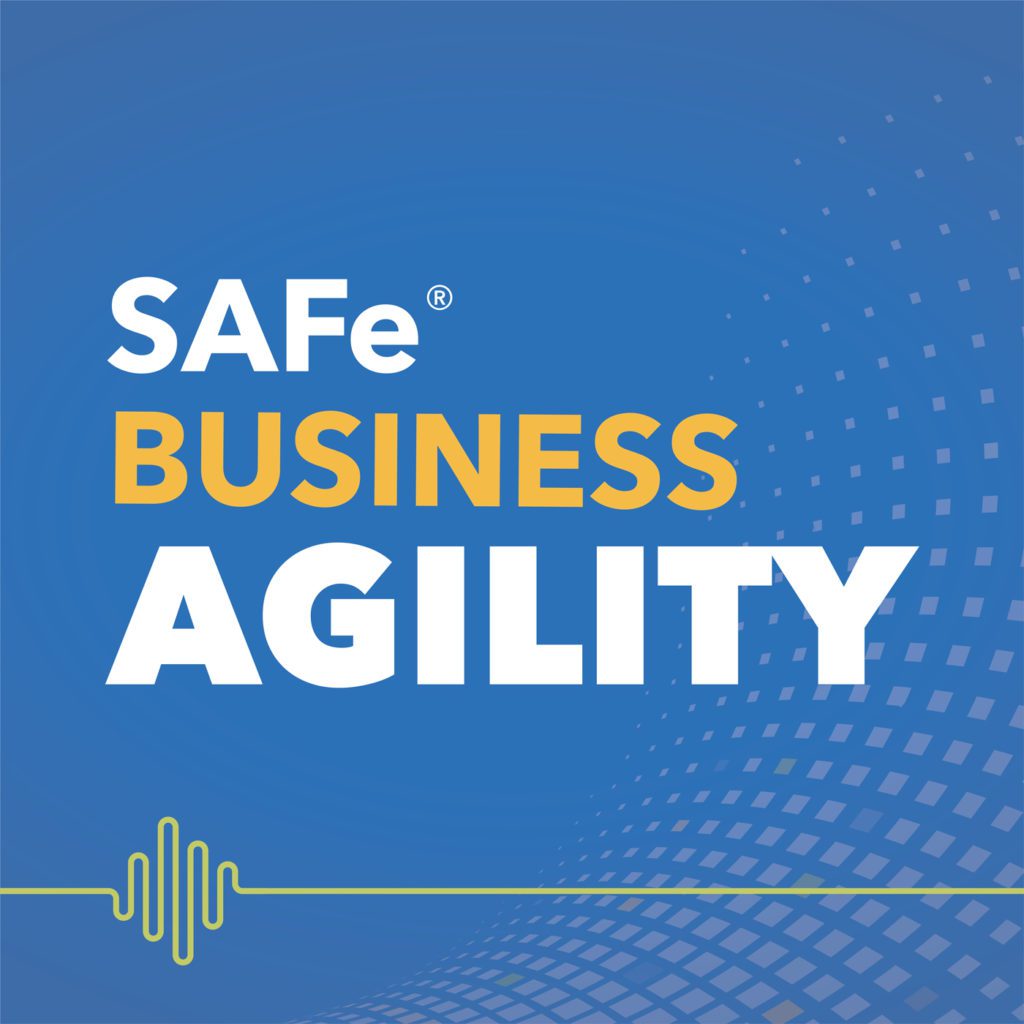
Many organizations that develop and deliver software have been practicing Agile for a decade, if not longer. That hasn’t typically been the case for organizations developing hardware, until now. In this episode, Harry Koehnemann, Principal Contributor at Scaled Agile, joins us to discuss why organizations developing hardware are under pressure to deliver faster. And what guidance SAFe® 5 has to help them address these challenges.
Click the “Subscribe” button to subscribe to the SAFe Business Agility podcast on Apple Podcasts
Share:
Many organizations that develop and deliver software have been practicing Agile for a decade, if not longer. That hasn’t typically been the case for organizations developing hardware, until now. In this episode, Harry Koehnemann, Principal Contributor at Scaled Agile, joins us to discuss why organizations developing hardware are under pressure to deliver faster. And what guidance SAFe® 5 has to help them address these challenges.
Harry talks about the market changes forcing this shift, including in the automotive and aerospace industries. And he explains how six particular SAFe principles apply to hardware development.
Follow these links to learn more about topics discussed in the podcast:
Hosted by: Melissa Reeve

Melissa Reeve is the Vice President of Marketing at Scaled Agile, Inc. In this role, Melissa guides the marketing team, helping people better understand Scaled Agile, the Scaled Agile Framework (SAFe) and its mission.
Guest: Harry Koehnemann
Harry focuses on the Enterprise Solution Delivery domain and software and systems engineering practices in SAFe. He spent 10 years as a software engineer and another 20 consulting with large-system builders in varying industries to improve their execution with product development lifecycle practices. Harry is a regular presenter at Agile and systems engineering conferences.

